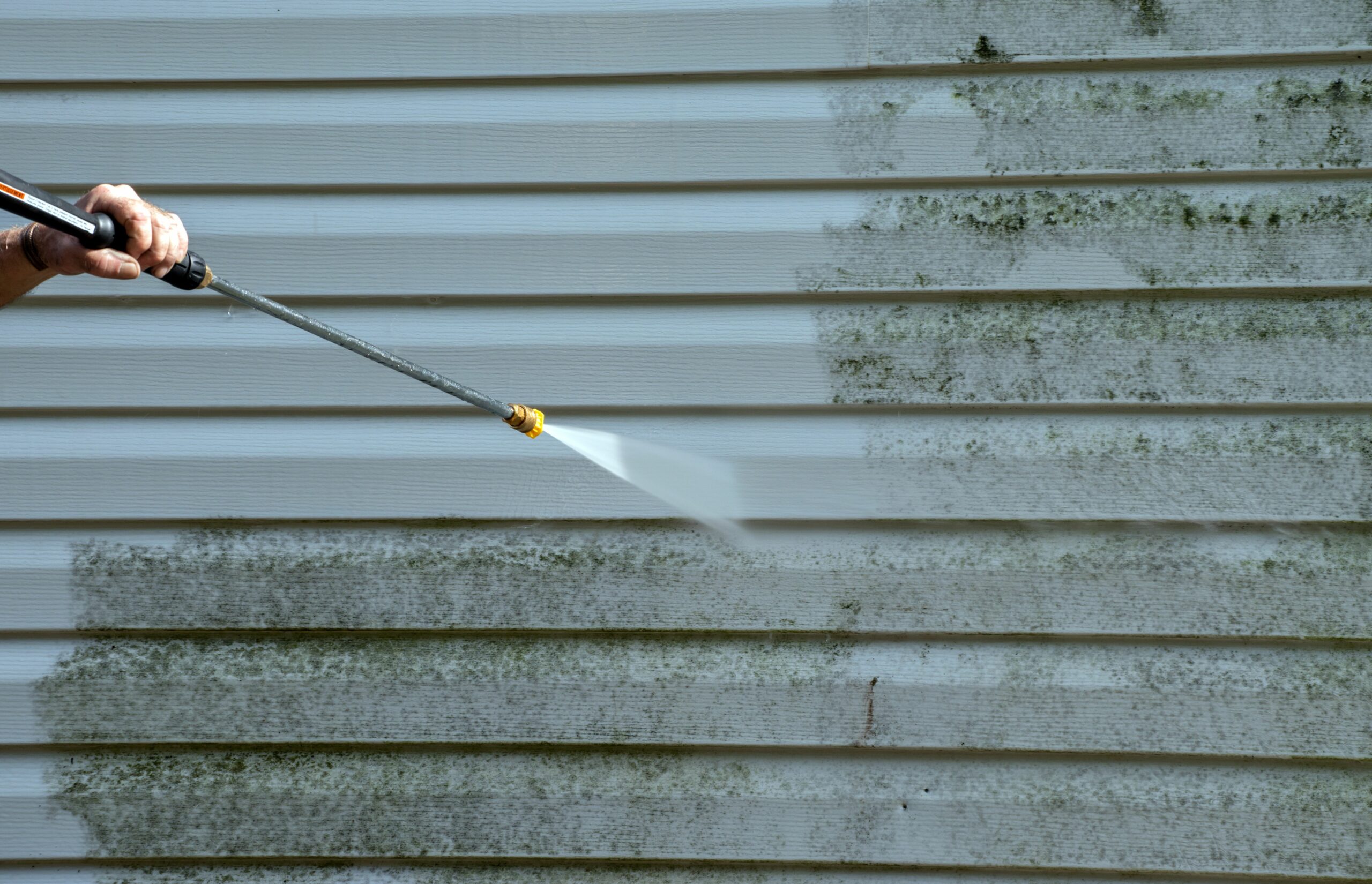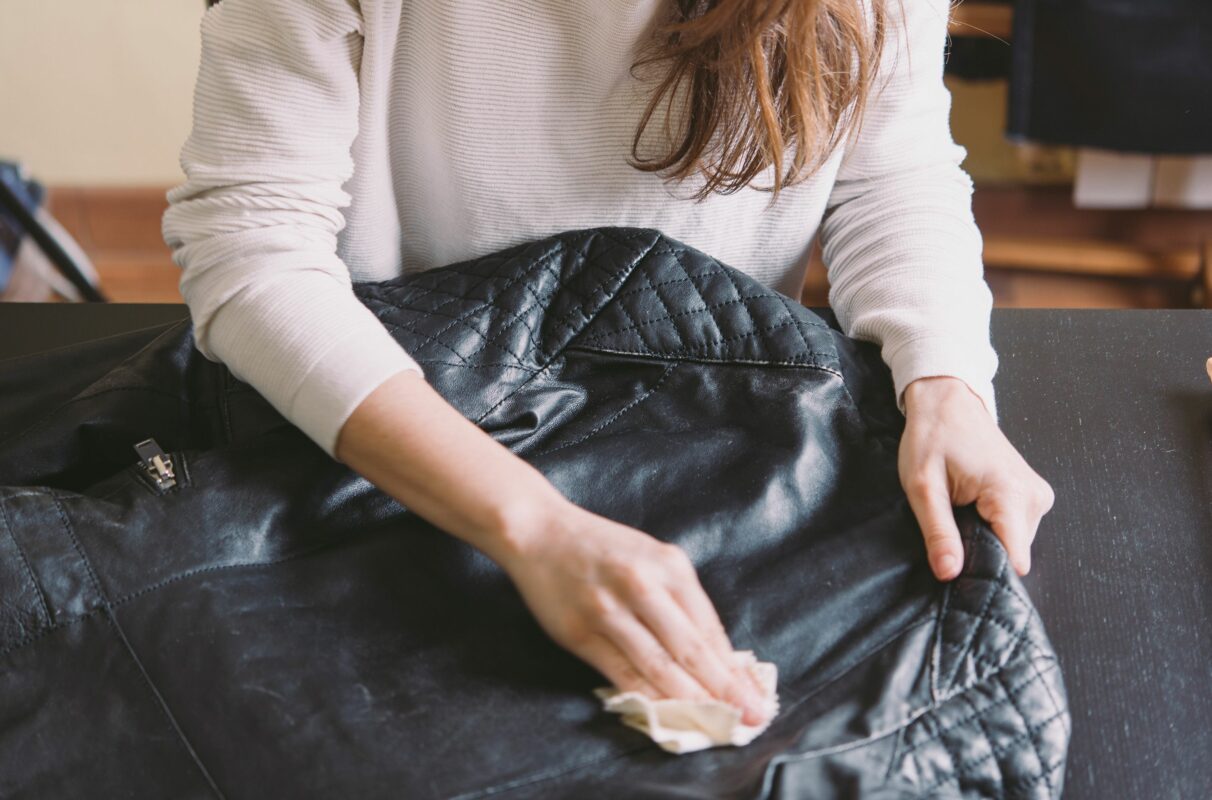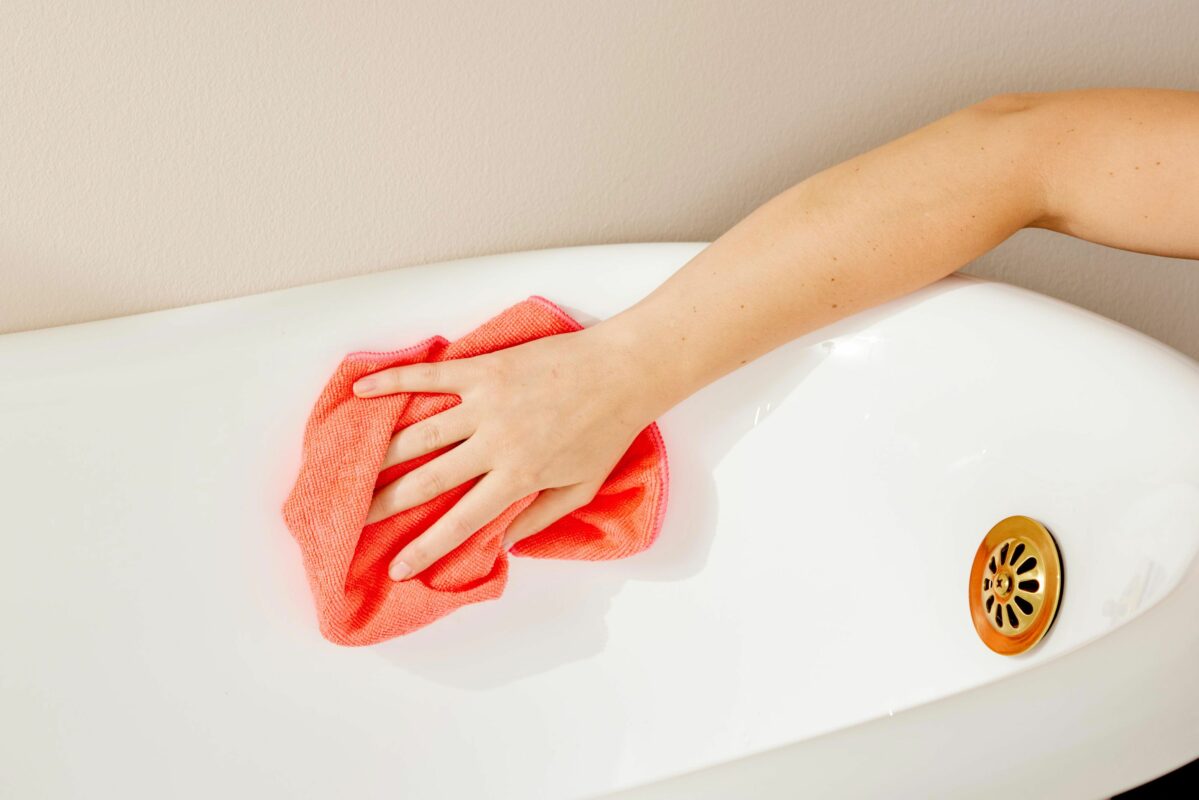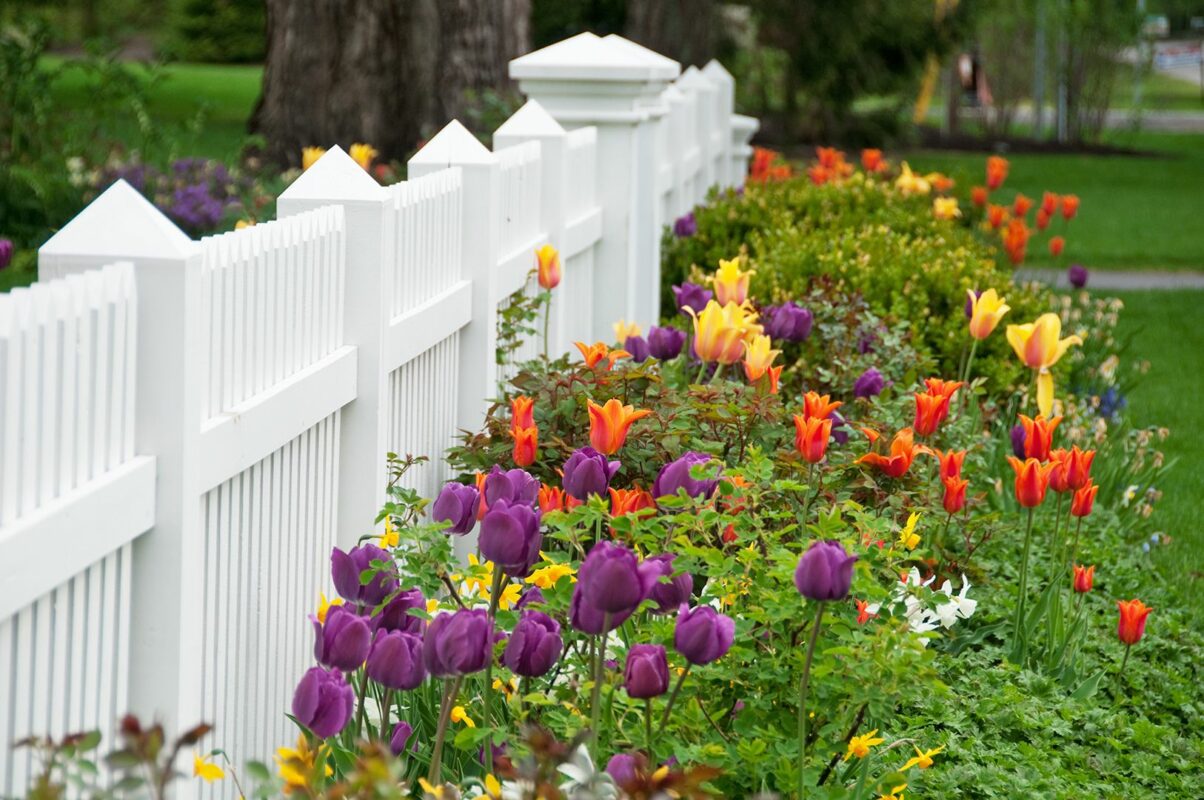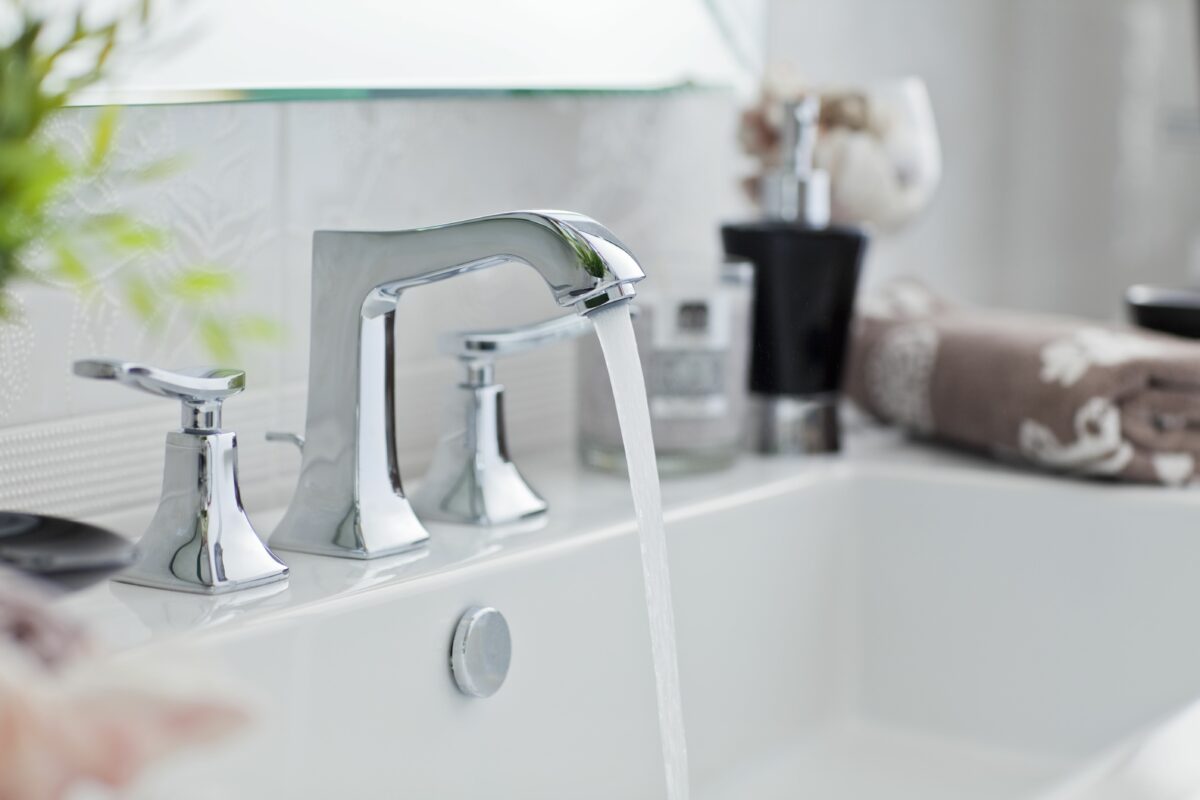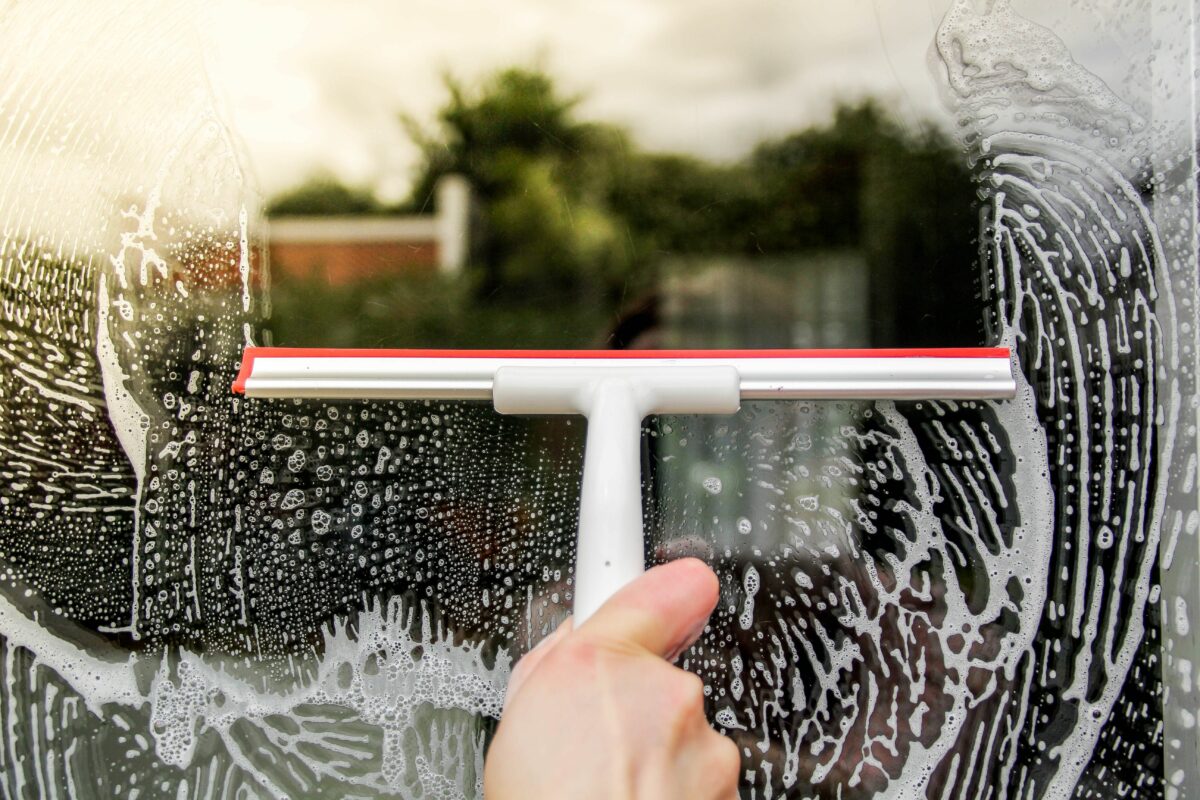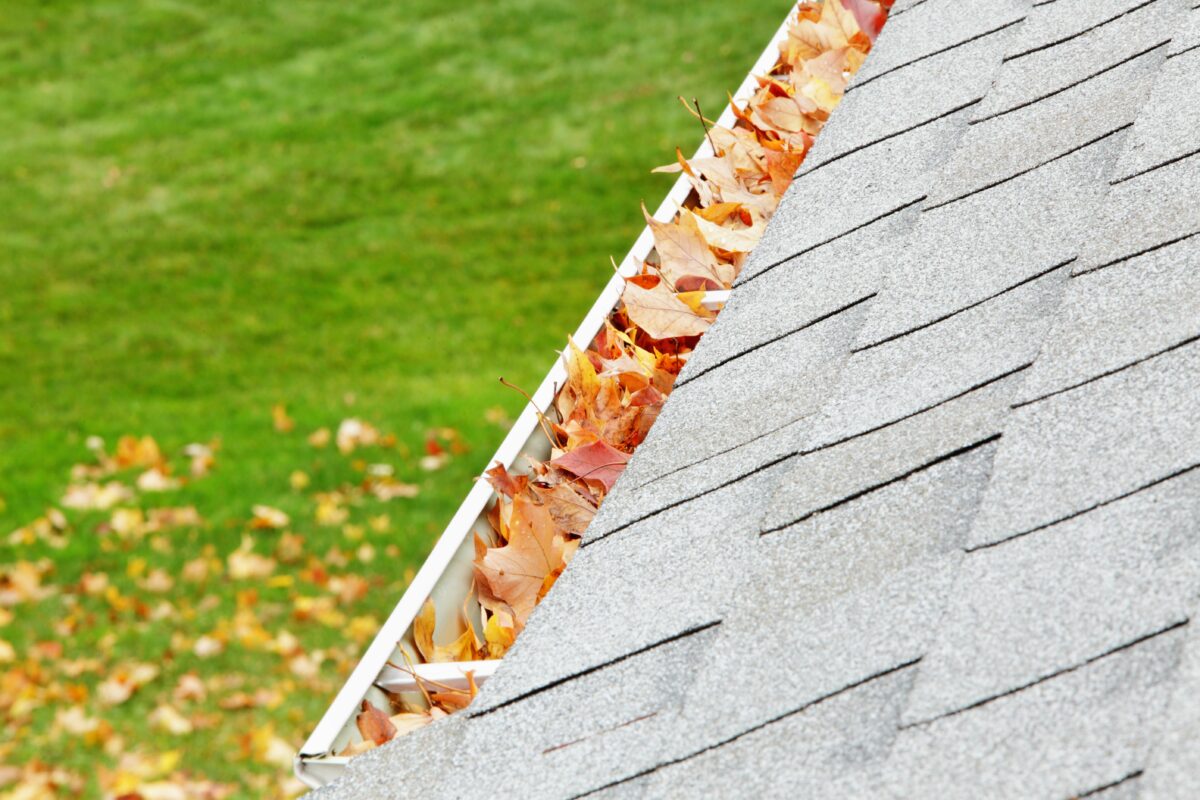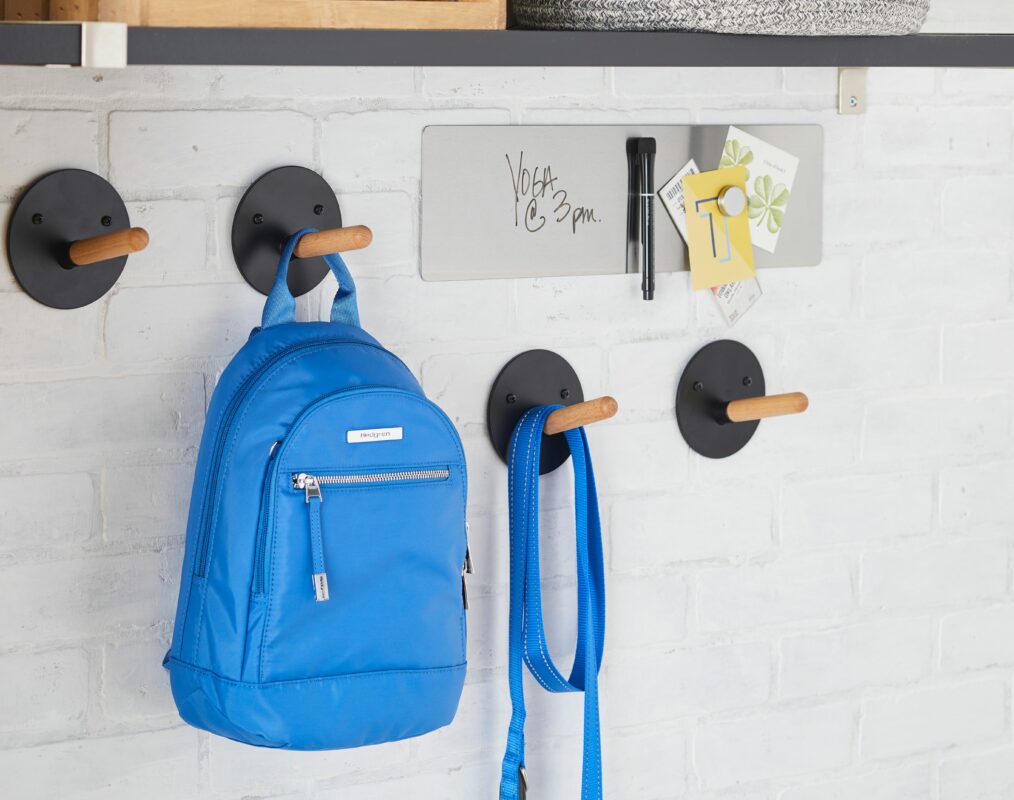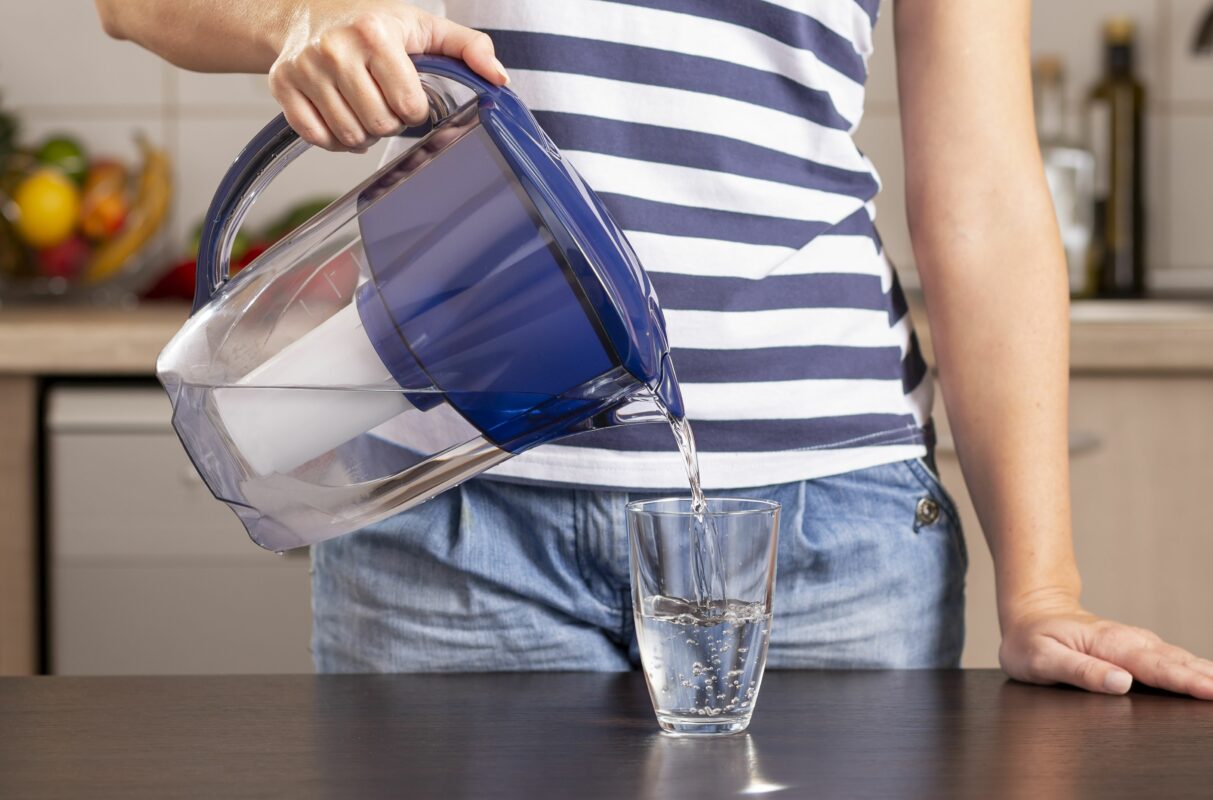Vinyl siding is one of the more popular options because it’s relatively affordable, durable, and highly resistant to rain, sleet, hail, and snow. However, siding gets dirty over time, requiring cleaning to maintain the home’s appearance. Depending on the level of dirt, dust, and grime, cleaning vinyl siding can be as simple as spraying it down with a garden hose.
However, homeowners who haven’t kept up with vinyl siding maintenance might need to contend with layers of dirt, tough stains, and even mold or mildew growth, which can spread across the surface of the siding. Use this guide to learn how to clean vinyl siding using several methods.
Safety Tips
When cleaning vinyl siding, you may need to climb a ladder or walk on the roof to reach every section. Therefore, taking proper precautions and wearing appropriate personal protective equipment is essential. Ideally, there should be at least two people working on this task so that one can always hold the ladder and call for help if something happens.
Additionally, wearing rubber gloves and safety glasses can help avoid skin and eye irritation while cleaning. Cover any plants, trees, or items that may be damaged by the cleaning solution with a waterproof tarp, and water any vegetation in the area before you start cleaning to reduce the absorption of solutions through the roots.
How to Clean Vinyl Siding
There are several methods for cleaning vinyl siding. Choose the best method for you based on your skills, supplies, equipment, and the level of cleaning needed.
1. Garden Hose
The easiest method for cleaning vinyl siding is using a garden hose with a spray nozzle attachment. The directed spray of the hose removes light layers of dust, dirt, and debris with no more effort than it takes to point and squeeze the spray nozzle.
Since you don’t need to scrub the siding to remove light layers of dirt, you may be able to clean every inch of the vinyl siding without using a ladder or climbing up to the roof. However, for thick layers of dirt or stubborn grime, a garden hose alone isn’t enough to get the job done.
2. Broom and Soft-Bristled Brush
A broom and a soft-bristled brush used in combination with a garden hose can be an effective method for cleaning light to medium layers of dirt and grime. While the water pressure from a garden hose removes some dirt and debris, sometimes it’s necessary to scrub the surface of the siding with a soft-bristled brush. A broom can be used to reach higher areas, allowing you to work without climbing a ladder.
- Start by rinsing the vinyl siding with the garden hose and attached spray nozzle.
- While the vinyl siding is wet, gently scrub the surface with a soft-bristled brush or broom. Too much pressure could scratch the siding, so be aware of the force you are using.
- After scrubbing the dirt and grime, use the garden hose to rinse the vinyl siding.
- Work in sections until you have cleaned the entire exterior of the home.
3. Household Cleaners
Some dirt and grime can be difficult to remove without using a cleaning solution. The simplest solution for cleaning vinyl combines general-purpose household cleaners and water. When used with a soft-bristled brush and broom, this can be enough to eliminate most types of dirt and debris.
- Mix a solution using 1/3 cup powdered detergent, 2/3 cup powdered household cleaner, and one gallon of warm water.
- Rinse the siding with a garden hose equipped with a spray nozzle.
- Dip the soft-bristled brush or broom into the cleaning solution and scrub the siding.
- Work from the top of the wall to the bottom so the dirt doesn’t run down onto clean siding tiles.
- Rinse the vinyl siding with the garden hose to remove excess cleaning solution before it dries.
- Work in sections until you have cleaned the entire exterior of the home.
4. White Vinegar
A mixture of white vinegar and warm water can be a good substitute for a general-purpose cleaning solution. The vinegar and water mixture performs similarly to an all-purpose cleaner, and it can also treat mild mildew and mold staining.
- Mix 30% white vinegar to 70% warm water in a large bucket.
- Rinse the siding with a garden hose equipped with a spray nozzle.
- Dunk the soft-bristled brush or broom into the vinegar cleaning solution and then scrub down the siding, targeting mold and mildew wherever you see it growing.
- Work from the top of the wall to the bottom so the dirt doesn’t run down onto clean siding tiles.
- Rinse the vinyl siding with the garden hose to remove excess cleaning solution before it dries.
- Work in sections until you have cleaned the entire exterior of the home.
5. Oxygenated Bleach
Oxygenated bleach, also known as oxygen bleach or percarbonate of soda, is a safe, natural alternative to chlorine bleach. It is also biodegradable and well-suited for cleaning mold and mildew. The oxygen bleach solution is gentle on the vinyl siding but kills mold, mildew, and most other types of bacteria or fungus.
- Mix one cup of oxygen bleach into one gallon of warm water in a large bucket.
- Use a garden hose with a spray nozzle to rinse down the vinyl siding.
- Apply the oxygen bleach solution to the soft-bristled brush or broom and then scrub down the siding, targeting mold and mildew wherever you see it.
- Work from the top down to prevent loose grime and dirty water from running down onto clean siding tiles.
- Rinse the vinyl siding with the garden hose to remove excess cleaning solution before it dries.
- Work in sections until you have cleaned the entire exterior of the home.
6. Spot Cleaning
In some cases, stubborn stains in specific areas can be difficult to deal with during a general cleaning of the home. When this occurs, take some time to target the affected area with a strong cleaning solution designed to cut through the stain. Typically, a mixture of white vinegar and water or oxygen bleach and water is enough to deal with most stains. However, in some circumstances, you may need to purchase specific commercial cleaners based on the type of stain.
- Start by mixing or otherwise preparing the necessary cleaning solution.
- Rinse the affected area with a garden hose and spray nozzle to remove surface dirt.
- Use a soft-bristled brush coated with the cleaning solution to scrub the stain, applying appropriate pressure to remove the stain without damaging the vinyl.
- If necessary, use a non-scrubbing cleaning solution that can be applied directly to the stain and left on for the manufacturer-specified amount of time.
- Rinse away any remaining cleaning solution.
7. Pressure Washer
A pressure washer can be used to clean vinyl siding, but you must be very careful to avoid damaging the siding or spraying water into the gaps between or underneath the siding. With this in mind, use a low or variable-pressure machine so that the water pressure can be lowered to an appropriate setting. Work slowly and spray the siding straight on, avoiding any weep holes, seams, or wall openings, such as windows, doors, conduit, and pipes. If there is a stain near any of these areas, opt for a soft-bristled brush instead of the pressure washer to remove the stain.
- Prepare the pressure washer cleaning detergent.
- Load the pressure washer and check the setting to ensure the water pressure is low enough to avoid damaging the vinyl.
- Adjust the pressure washer nozzle to spray the siding straight on instead of at an angle to avoid spraying water under the vinyl panels.
- Carefully spray the vinyl siding, working from the top to the bottom of the wall.
- Rinse the vinyl siding to remove any leftover detergent.
- Work in sections until you have cleaned the entire exterior of the home.
- Return to any areas around weep holes, seams, or wall openings to spot clean stains.
- Rinse the vinyl siding around these areas with a garden hose before the cleaning solution dries.


